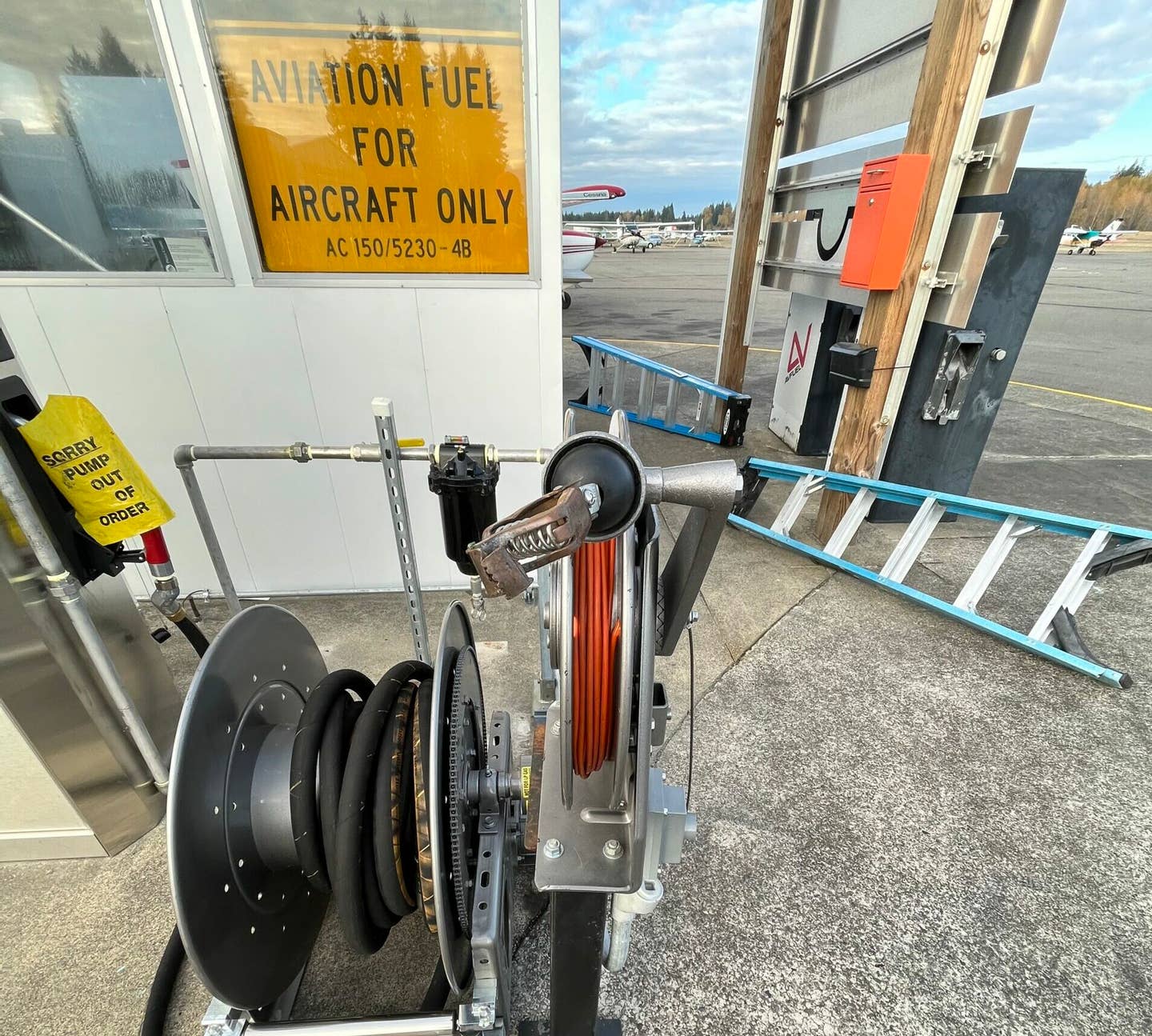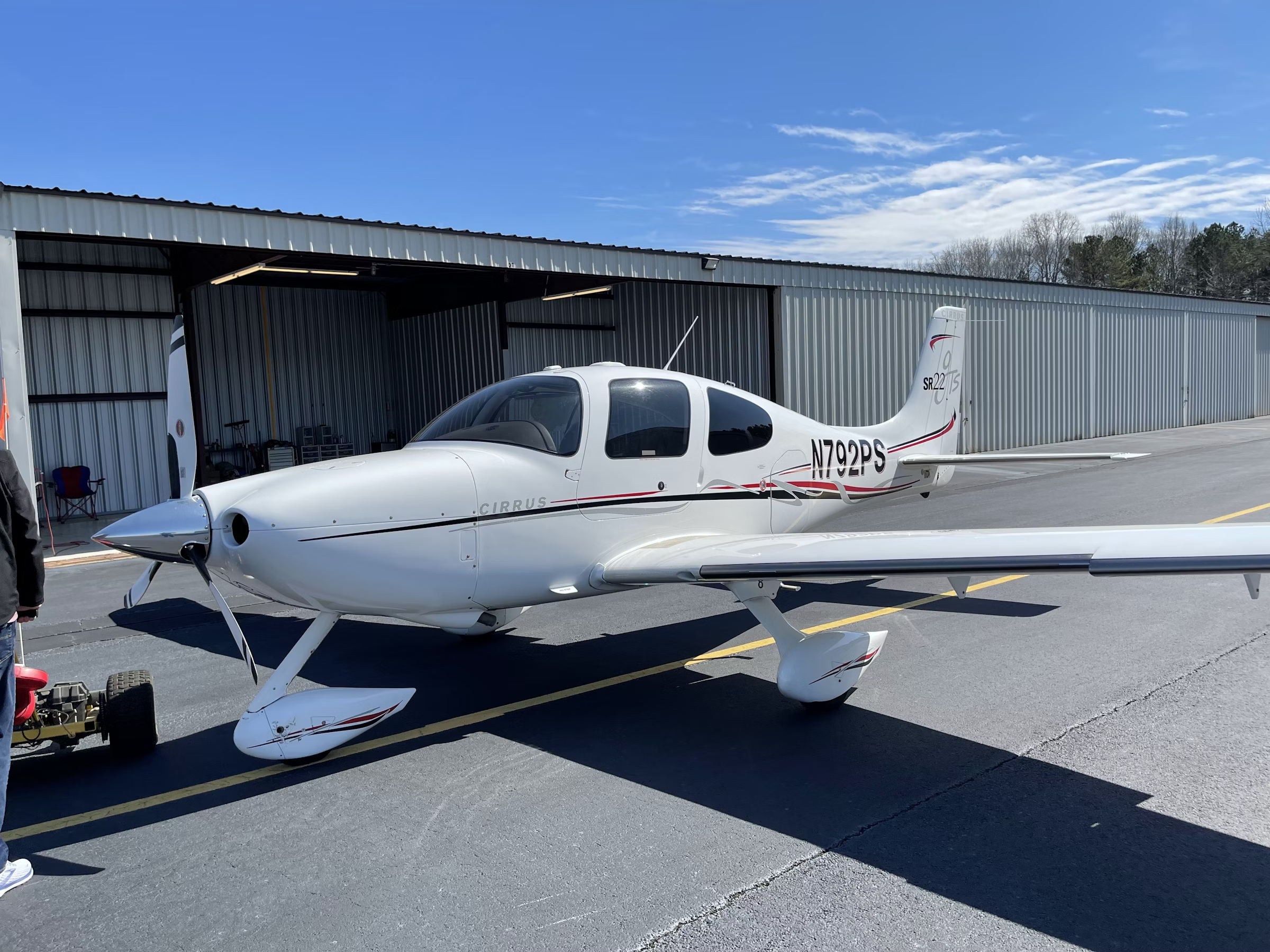Potential Jet Fuel Shortage Triggers Airline Planning
Fuel contingency planning drops into place for commercial operations at Orlando International Airport.

Airport managers and operations staff are in charge of making sure NOTAMs are issued advising the flying public of the temporary lack of fuel. [Credit: Meg Godlewski]
FUEL NOT AVBL.
This NOTAM can cause a pilot to adjust their flight plan quicker than a building thunderstorm. It can also activate the rumor mill, resulting in waves of social media posts which may or may not be based in fact. This is particularly true when it involves jet-A and the impact that the lack of it can have on Part 121 commercial operations.
Over the weekend, thick fog in the Gulf Coast delayed the sailing of a tanker that was bringing jet fuel to the Orlando International Airport (KMCO). The Twittersphere erupted with concerns about flights being canceled over the lack of fuel.
"We are not out of fuel. We have not seen a major impact," stated Carolyn Fennell, senior director of public affairs and community relations at Orlando International Airport. "The trucks are moving and delivering fuel now. The delay in fuel delivery is related to maintaining the reserve supply and at this time has had no major impact on flight cancellations or airport operations."
Ops Update: Weather issues along the Gulf Coast had prevented reserve supply delivery of jet fuel at MCO. The weather has lifted and ships have departed. If flight disruptions occur, airline contingency plans are currently in place. Thank you for your patience.
— Orlando International Airport (@MCO) December 11, 2022
Fennell noted that the concerns over flight delays and cancellations may have been triggered because of the amount of traffic that MCO handles, "more than 1,000 aircraft operations daily," she said.
"Due to this volume, the amount of jet fuel needed daily at MCO is greater than other airports in the state," Fennell said. "Both the delay in fuel for reserves and the volume of flights have impacted the reserve supply. The airport has taken proactive steps to offset a bigger deficit in its reserves, including trucking in fuel for the past few days.
"Additionally, the Orlando International Airport Fuel Consortium, which oversees and manages the aviation fuel for the airport, on Friday requested all airlines to have additional fuel on flights coming to Orlando to minimize the amount needed on return flights," she added. "Some airlines may opt to make stops to fuel. Each airline makes its own decision depending on individual schedules and crews with safety and efficient operations as priorities."
Airline Contingency Plans
United Airlines is one carrier that heeded the airport's warning.
"Because of a shortage of fuel in Orlando that impacted multiple airlines, we added planned fuel stops on Sunday and Monday for a few flights from Orlando," a United spokesperson told FLYING. "We expect to operate our full schedule to get our customers to their destinations as planned."
The air carrier noted the fuel stops are made after departure from MCO.
Meanwhile Alaska Airlines, which has flights to Orlando departing daily from Seattle, Portland, Oregon, San Francisco, and San Diego, told FLYING: "We’re carefully monitoring fuel supply and have contingency plans in place should we need to add planned fuel stops for flights returning to the West Coast."
Delta Airlines replied “While Delta continues to work measures in concert with aviation stakeholders and authorities, we do not expect any operational impact related to jet fuel availability at Orlando International Airport.
As service consideration for our customers who may prefer to move existing booked travel to a later date without facing a difference in fare, we are allowing that per the terms and conditions noted on delta.com.”
Fuel Shortages at the GA Level
General aviation is not immune to weather-delay fuel shipments. All it takes is a freeway blocked by snow and ice, or a mudslide to delay a fuel truck, a power outage at an airport or an equipment malfunction to temporarily shut down fueling operations.
Airport managers and operations staff are in charge of making sure NOTAMs are issued advising the flying public of the temporary lack of fuel. The fuel pumps are also coned off, INOP (inoperative) placards are placed, and, depending on the length of the shut down and sophistication of the airport, emails may be sent to airport tenants notifying them of the situation.
Once the fuel truck arrives and unloads, it may take a few hours before the fuel is accessible, as the fuel put into the tanks needs time to settle. For example, for every foot of 100LL added to a fuel tank you need to wait 15 minutes before putting that fuel into an airplane.
Use Your Smartphone to Find Fuel
Finding fuel used to mean making lots of telephone calls. These days there are multiple apps available that allow a pilot to access information about FBOs and airports—and fuel services provided, along with pricing, are a big part of that.
If an app is not your thing, airnav.com provides information about airports including fuel, with telephone numbers for more information.

Sign-up for newsletters & special offers!
Get the latest FLYING stories & special offers delivered directly to your inbox






